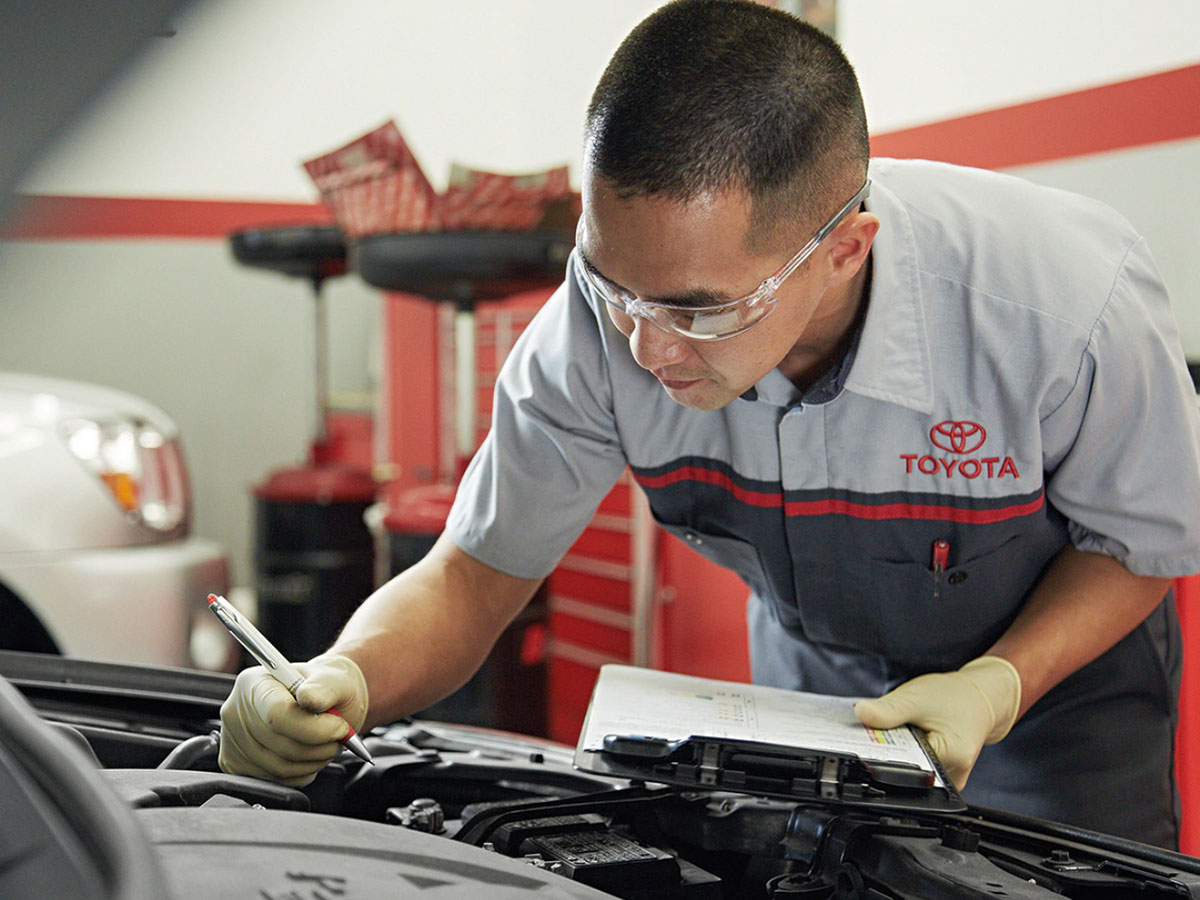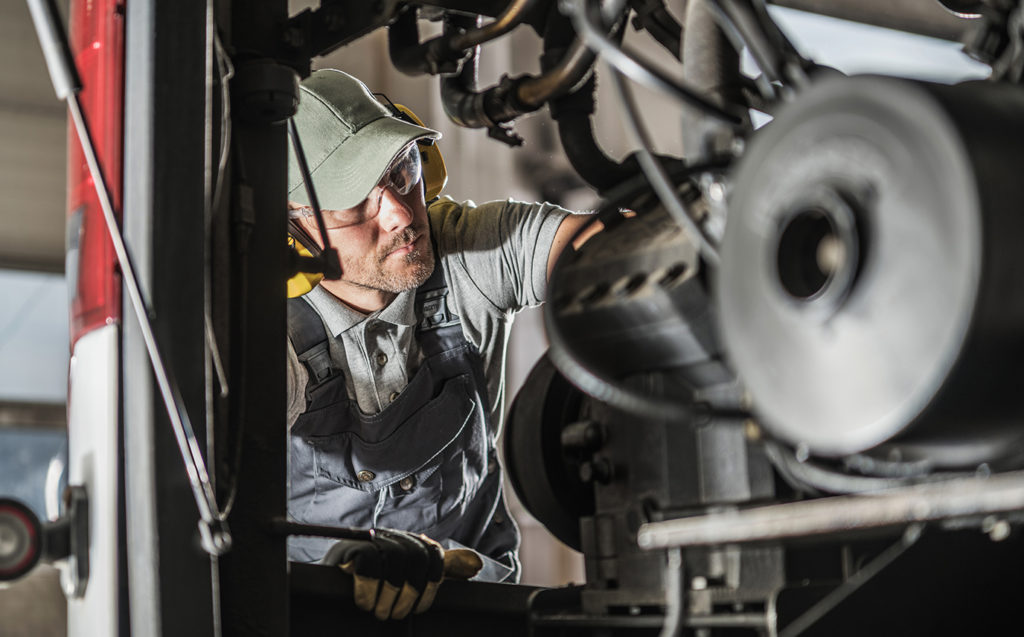
Understanding the parts of your vehicle is important if you wish to be able to comprehend them. These include the Coil springs as well as Shock absorber, Drive axle, Carbureted engine, and Drive axle. Let's have a closer look at each term and find out what they mean. This article also discusses some of the most common terms used in automotive terminology. Learn more about each part of your car. There are many terms used in automotive that you might not be aware of.
Coil springs
A coil spring is a piece made from metal that has been tightly wound and mounted around a suspension. It can be hard or soft depending on the manufacturer and its performance depends on a range of parameters. A change in any of these parameters will affect the dynamic performance and the handling of a vehicle. The higher the spring's coil count, the better it performs. This spring is one the most critical components of a suspension system. It plays an important role in how smooth the ride is.
Shock absorber
Shock absorbers are used in cars to reduce the impact of rough surfaces and improve handling. Different materials are used, so they can deform in different ways. The devices can also vary in their resistance to changes in temperature or environmental pollution. The term shock absorber may sound complicated, but it's actually quite simple once you understand how it works. There are different types of shock absorbers available, which are designed to handle various types of road conditions and different kinds of vehicles.

Drive axle
The primary component in a car's drivetrain is its drive shaft. Many drivers think that they can replace their drive shafts themselves. But, it is best to have a qualified mechanic diagnose the problem so that an effective and safe solution is found. Before taking your car to the shop, you should look into the warranty of your drive train. Any unusual noises or fluid leaks from the drive shaft should be noted. Additionally, keep an eye out for your vehicle's weight limit. Overloading the car could cause damage to your drive axle.
Carbureted engine
A carbureted engine, in automotive terms, is a gasoline-powered engine that uses wicks to draw air into the chamber. When the air enters the chamber, fuel vapors ignite and cause combustion. Modern carburetors use Bernoulli principles. Air flows through a small venturi and delivers fuel proportionally to the volume of air entering the cylinder.
Dash top sensor
Automotive technology is often called "dashtop sensors". These sensors monitor the level and condition of the brake fluid in the car. The brake fluid of a car has a pressure range within which it can function optimally. This sensor monitors that pressure and transmits that information via an electric voltage to the dashboard. The sensor will notify you via a warning light at the dash if the level of brake fluid drops.
Slip coupling
In the automotive world, "limited slip coupling", has many meanings. In an automatic all wheel-drive system, the limited-slip coupling engages the secondary as required. This mechanism relays information to the vehicle’s computer and controls its driving characteristics. It also serves as the conduit for coolant between the engine's cooling system and its heater core. Its importance is best illustrated by considering the following examples: free running RPM (engine RPM with accessories off), ignition timing, and the free running temperature of an engine.

M85 mix of 85% methanol, 15% gasoline
M85 is a fuel combination that includes 85% methanol (and 15% gasoline) and which is comparable to California's mid-grade gasoline. This blend is used in most modern vehicles. Flex-fuel vehicles have a sensor that detects the methanol content. This sensor tells the vehicle's computer what kind of fuel it is, so it can adjust the ignition and injectors accordingly.
FAQ
Is it difficult to find a job as a mechanic in the automotive industry?
Yes, it can be very easy. Garages often advertise their jobs online and people just apply because it seems fun. If you want to get your foot in the door, you should try applying for a few places and see if they accept student applications. Alternatively, you could ask friends and family if they know anyone who works in the industry. They might be willing to recommend someone.
How can I fix my car as a hobby?
You might be interested in cars as a hobby. You could learn how to repair them, buy parts for them, sell them or just enjoy them. If you are looking for something more, it would be an excellent hobby.
It isn't easy to turn it into a full time job. This requires dedication and hard work. Also, you will need to put a lot of money into it.
If you don't have any good reasons to be involved in cars, it may be better to just let it go.
What are the different types of jobs available in car mechanic?
For car mechanics, there are three main areas for employment:
-
Automotive repair shops
-
Dealerships
-
Independent garages
Automotive repair shops
It's where most people start to think about becoming a mechanic. It's the easiest way for most people to get started. Either work for someone else's shop or you can start your own.
If you decide to work at a shop, you'll need to apply to join a union. Once you're accepted into the union, you'll receive training from the union.
You'll be ready for work once you have completed the training.
Register with the government if you want to open your garage. Once you have registered, certain standards will be enforced.
When you've registered, you'll be given a license to operate your garage.
Your license will permit you to sell spares parts and perform minor repairs. It won't permit you to fix serious engine problems.
You will be expected to sell spare parts and also offer guidance and advice to customers.
Dealership jobs
Most dealerships employ mechanics who specialize in one area of the car. They might be able to only fix brakes or replace tires.
Some dealers also have general mechanics that can handle all aspects.
These positions may require applicants to complete specific training before being allowed on the job. Employers can then choose the best candidates for their job.
Some dealerships recruit students right out of school. These graduates already know the basics of mechanical engineering and therefore have no problem learning about cars.
Independent garages
Independent garages don’t have to be associated with any particular dealer. Instead, they focus on high-quality customer service.
Independent garages don't have to be associated with any particular company. This allows them to offer higher wages. This means that these jobs are usually more lucrative than those at dealerships.
Independent garages don't necessarily make for better work environments. Many business owners prefer to manage their own businesses rather than delegating responsibility to others.
So you may find yourself working long hours without having any say over what happens during the day.
Expect to earn lower salaries than if you were working in a dealership.
The good news? You can easily switch between different types of jobs. You can switch jobs easily if you are interested in working at a dealership. Simply ask your employer if they would be open to hiring you as a mechanic.
Alternatively, if you'd like to work at an independent garage, then you could try applying directly to the owner of the garage.
Finding a new job is not always easy. There are many factors that affect how much you make.
This could include the type of vehicle that you are working on and whether or not you charge an additional for labor.
What are the requirements of an automotive technician?
High school graduation or GED is required with excellent grades in English and math. Also, you must be able read and write. Before you can start working, you will have to pass a written exam and take a series practical tests.
Statistics
- According to the BLS, the median annual salary for automotive service technicians and mechanics in the United States was $44,050 in May 2020. (uti.edu)
- There were 749,900 jobs available for automotive service technicians and mechanics in 2016, which is expected to grow by six percent through 2026. (jobhero.com)
- According to the BLS, total auto technician employment is expected to exceed 705,000 by 2030. (uti.edu)
External Links
How To
How to get certified as a mechanic
The mechanic's certificates are intended for professionals who wish to become automotive technicians. These certifications provide an overview of all aspects of auto repair including engine diagnostics and electrical systems, brakes. steering. fuel injection. air conditioning. heating. exhaust. diagnostic tools. body repairs. collision damage repair. collision repair. paintless dent removal. motor vehicle emissions testing.
The program is composed of 12 hours classroom instruction and three month's on-the-job training at participating dealers. Students must complete a minimum of 60 clock hours of classroom study per semester and pass a written exam, including theory and practical questions. The National Institute for Automotive Service Excellence will administer the state exam to students who have completed the coursework. To become an automotive service technician, you will need to be certified by ASE.